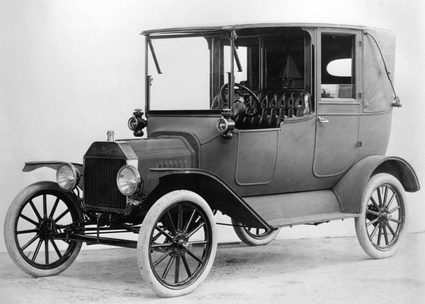Buying Power Calculator
If you've ever wondered how the real value of a certain amount of money changes over the years, this buying power calculator will surely give you some practical insight. In other words, this buying power calculator (or purchasing power calculator) shows you how much your dollar is worth in different years.
You can get familiar with the purchasing power definition if you read further. You can also learn about why changes in the real value of your money are important in economics.
💡 If you find this tool useful, make sure to give the time value of money calculator a try, too!
How time affects the buying power of the money
Dollars from different years don't represent an accurate comparison of their real value. Practically, it means that you can't buy the same amount of goods and services with the same amount of dollars in different years. For comparing the value of dollars in particular years, the older figure should be adjusted by a price index.
What is purchasing power – the purchasing power definition
Purchasing power corresponds to the value of a currency expressed in terms of the amount of goods or services that one unit of money can buy. Purchasing power is strongly linked to inflation, one of the most important macroeconomic indicators. Check out our inflation calculator to learn more.
How the buying power calculator works?
To demonstrate how the purchasing power calculator works, let's consider the following query.
In 1913, a Ford Model T price was around 500 dollars, which was a considerable part of the average worker's yearly wage of about 1,300 dollars. Now, let's consider how the worth of these 500 dollars changed from 1913 to 2018, i.e., how the buying power changed.

To answer this question, we need to multiply the number of dollars by the ratio of the price index in 2018 (the target year) to the price index in 1913 (reference year).
Buying power = 500 × (251.107 / 9.9) = 12,682.17
According to the purchasing power formula, $500 from 1913 would be about $12,682 in 2018, which is less than the price of a new basic 2018 Ford model, around 15K dollars.
However, what really matters is not the nominal price but its relation to your income. In 2018, the average yearly wage was around $63,179. Thus, on average, you could afford a car that is undoubtedly far more advanced than the one from 1913 from a smaller part of your yearly income.
If you would like to look into whether your wage is keeping up with the buying power of the dollar, check out our salary inflation calculator.
Purchasing power and the economy
As you probably already know, the higher the inflation, the more significant the loss in the buying power of your money or savings. As the range of goods and services you can buy with the same amount of money is shrinking according to the eroding power of the cash in your wallet (or deposits in your bank account), people are more inclined to spend their money instead of holding it. This process can be tolerable or even beneficial for the economy, as it may stimulate spending, which would then contribute to a higher GDP – see the GDP calculator for more on this topic. However, an extended steep decline in buying power is a hazardous phenomenon that corresponds to so-called hyperinflation.
🙋 You might also be interested in our savings calculator.